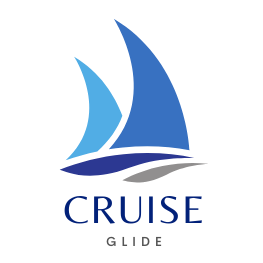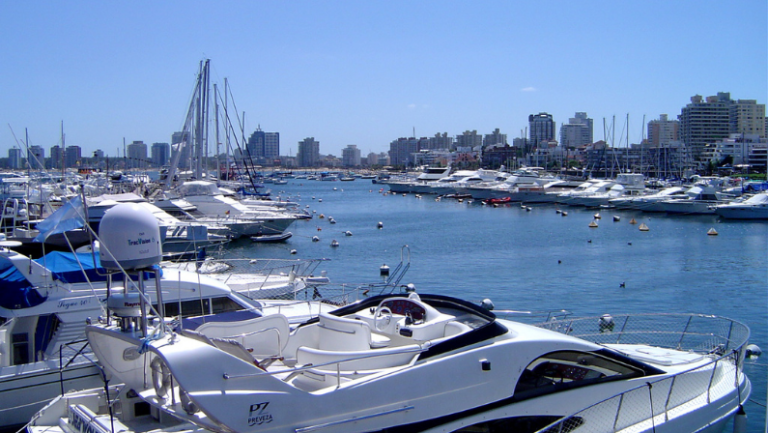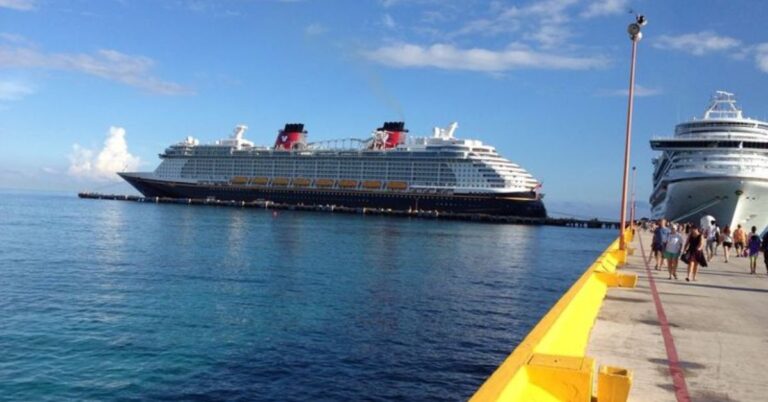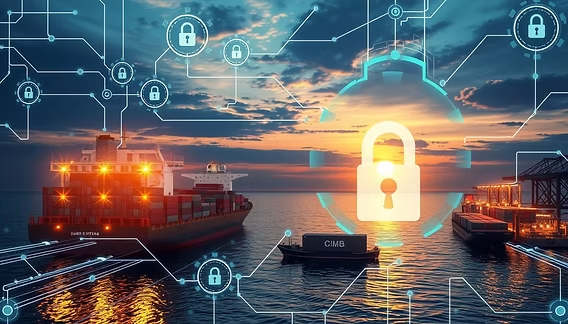Can You Use eSIM on Cruise Ships and Remote Islands?
Setting sail on a cruise ship or jetting off to a remote island often brings visions of pristine beaches and breathtaking sunsets, but what about staying connected? The challenge of maintaining reliable internet access while surrounded by endless ocean is something every modern traveler faces.
Today’s travelers increasingly rely on mobile connectivity, with a recent study showing that 80% of international travelers consider internet access essential during their journeys. The traditional solutions of exorbitant ship Wi-Fi packages or hunting for local SIM cards at each port often leave travelers frustrated and disconnected.
This comprehensive guide will explore how emerging eSIM technology is transforming the connectivity landscape for maritime and island travelers and provide practical strategies for staying connected in these challenging environments.
The Reality of Connectivity at Sea and on Remote Islands
Staying connected while sailing or visiting remote islands is more complicated than most travelers expect. Cellular networks only reach about 12–15 miles offshore, leaving ships without coverage for most of their journey. As your phone struggles to find a signal, it drains your battery with no success. Remote islands, on the other hand, often lack reliable telecom infrastructure due to their isolation, challenging terrain, and small populations, making cell service patchy or nonexistent.
Modern cruise ships try to bridge this gap with satellite-based onboard networks, offering roaming services for passengers. With limited satellite bandwidth shared among thousands, speeds drop sharply during peak times. While these solutions provide some access, the quality and cost of connectivity still leave much to be desired, making it essential to plan ahead for reliable communication.
eSIM Technology: Your Digital Passport to Seamless Travel
With these connectivity challenges in mind, let’s explore how eSIM technology offers new possibilities for travelers seeking to stay connected on the high seas and remote destinations.
How eSIM Works in Maritime and Remote Environments
eSIM technology functions as a digital SIM card embedded directly into your device. Unlike physical SIM cards that you insert and remove, an esim online can be programmed remotely with different carrier profiles.
This means you can switch between networks without physically swapping cards, particularly valuable when traveling through multiple countries or regions. For travelers, the activation process is remarkably simple. You purchase an eSIM online through a provider’s website or app, scan a QR code, and your device downloads the necessary profile.
The entire process takes minutes rather than hours spent hunting for local SIM cards in unfamiliar ports. Most newer smartphones support eSIM functionality, including iPhone XS and newer models, Google Pixel 3 and above, and recent Samsung Galaxy devices. Before your trip, verify your device compatibility through your phone’s settings or the manufacturer’s website.
The Cruise Ship eSIM Connection Reality
While eSIM technology sounds promising, it’s important to understand when it works during a cruise journey. The truth is that in open waters, far from any coastline, your eSIM for remote islands won’t maintain a connection any better than a traditional SIM card would.
However, eSIMs offer significant advantages when your ship is docked or sailing near coastlines. When in port, your eSIM can connect to local networks automatically, often providing better rates than traditional roaming. The real benefit comes from the seamless switching between different countries’ networks as you island hop or visit multiple ports.
Mediterranean cruises offer similar coverage due to the proximity of coastlines, while Alaska and trans-Pacific routes may experience more extended connectivity gaps.
Strategic eSIM Usage During Cruise Voyages
These real-world performance insights reveal why strategic eSIM usage becomes essential for maintaining connectivity throughout your voyage—let’s explore exactly how to optimize your connection.
Port Day Connectivity: Maximizing Your eSIM
When your ship docks, your eSIM connectivity options truly shine. Before arriving at each port, check your eSIM dashboard to ensure you have an active data package for that country. Many global eSIMs automatically detect your location and activate the appropriate regional plan, but it’s worth confirming this before disembarking.
Set your phone to automatically switch networks when stronger signals become available. This ensures you’re always connected to the most reliable network as you explore port cities or venture inland on excursions. Remember that network strength can vary significantly even within small islands, so don’t be surprised if you switch between carriers several times during a single port day.
For travelers visiting multiple countries in a single cruise, consider data-saving techniques like downloading offline maps before arriving at each port. This allows you to navigate confidently while minimizing data usage, especially important if your eSIM for remote islands has data limitations.
At-Sea Connection Management
While docked, your eSIM offers excellent connectivity, but what happens when you sail back into open waters? Let’s navigate the critical transition between port and sea connectivity.
The key to avoiding excessive battery drain and unexpected charges is proper connection management.
When your ship departs port, your phone will eventually lose cellular signal as you move beyond the reach of land-based networks. At this point, set your device to airplane mode to prevent it from constantly searching for unavailable networks.
Many cruisers find success with scheduling this transition. Set a timer for 30 minutes after departure to remind yourself to switch to airplane mode. Then enable ship Wi-Fi if needed for critical communications. This prevents your device from wasting energy hunting for nonexistent signals and protects against accidental connection to expensive maritime networks.
Cruise-Specific eSIM Plans Comparison
With these management techniques in your toolkit, choosing the right eSIM for cruise ships designed specifically for your cruise route becomes your next critical decision. Several providers now offer specialized cruise ship internet options targeting specific regions and routes.
Caribbean-focused plans typically provide coverage across Jamaica, Bahamas, Puerto Rico and other popular destinations, while Mediterranean options include coverage for Greece, Italy, Spain, and neighboring countries. When comparing plans, look beyond just the data allowance.
Consider factors like validity period (some plans expire after just a few days), network partners in your destination countries, and whether the plan allows tethering so you can share connectivity with travel companions.
Most importantly, compare the total cost against onboard Wi-Fi packages. While ship Wi-Fi might seem convenient, a well-chosen eSIM plan can often save 40-60% for comparable service, especially when visiting multiple ports.
Remote Island Connectivity Solutions
Beyond cruise ships, the archipelagos and remote islands on your itinerary present their own unique connectivity challenges—here’s how to stay connected while island hopping.
Archipelago Hopping with eSIM
When traveling between islands in popular archipelagos like the Caribbean, Hawaii, or Greek Islands, using eSIM while traveling offers significant advantages over physical SIM cards. Rather than purchasing new cards at each destination, your eSIM can automatically connect to local networks as you arrive.
Network coverage varies dramatically between islands, even within the same chain. Major islands typically offer excellent connectivity through multiple carriers, while smaller, less populated islands might have limited options. Before traveling, research the primary network providers for each island on your itinerary and confirm your eSIM partners with these carriers.
To prevent connectivity gaps between destinations, download essential information like reservation details, maps, and translation tools before departing. This preparation ensures you’re never completely cut off, even when transitioning between coverage zones.
eSIM for Challenging Island Destinations
As island connections vary dramatically across popular destinations, some truly remote locations require specialized strategies to maintain your digital lifeline. Ultra-remote destinations like the Maldives, Faroe Islands, or Galápagos present unique challenges even for eSIM connectivity options.
In these locations, verify specific carrier partnerships before departure, as coverage may be limited to just one or two local providers. Some islands may have connectivity only in central villages or resort areas, with limited or no service in outlying regions. When cellular isn’t available, alternative connection methods become essential.
Satellite-based communication tools like Garmin InReach or Iridium devices provide emergency communication capabilities where cellular networks don’t reach. While expensive compared to traditional connectivity, these tools offer peace of mind for adventurous travelers heading into truly remote destinations.
Digital Nomad Island Life: Enhanced eSIM Strategies
For those planning extended stays rather than brief visits, these enhanced connectivity strategies will transform your remote island experience from frustrating to fully functional.
Long-term island dwellers face different challenges from short-term visitors.
If you’re planning an extended stay as a digital nomad, consider combining multiple connectivity solutions. A primary eSIM for remote islands provides your main connection, while a backup physical SIM or secondary eSIM offers redundancy if your primary network experiences issues.
For work-related tasks requiring stable connections, schedule bandwidth-intensive activities during off-peak hours.
Video conferences and large file uploads typically perform better early in the morning or late at night when network congestion is minimal, especially on islands with limited infrastructure.
Many remote workers also invest in signal boosters that can amplify weak cellular signals, extending connectivity to areas that might otherwise be dead zones.
FAQs
1. Can eSIM be used in the Caribbean?
Yes, eSIM data plans can be used for international roaming in the Caribbean. GigSky plans will provide high-quality, reliable networks and connections at a fraction of the data roaming cost your home carrier will charge.
2. Is eSIM better than roaming?
An eSIM is a great option when travelling abroad as it’s far cheaper than putting your device on roaming. It’s also often easier than purchasing a local SIM card.
3. Does Airalo eSIM work on a cruise?
Why Airalo eSIM Is Perfect for Your Cruise. Global coverage: Airalo offers data plans in 200+ countries and regions, so you’re covered no matter where your cruise takes you.
Staying Connected Wherever Your Journey Takes You
The digital revolution has finally reached the most remote corners of our planet, though perfect connectivity everywhere remains an aspiration rather than a reality. eSIM on cruise ships and eSIM for remote islands offer travelers unprecedented flexibility and cost savings compared to traditional options. By understanding the technical limitations and implementing strategic usage patterns, you can maintain connectivity throughout most of your journey without breaking the bank.







